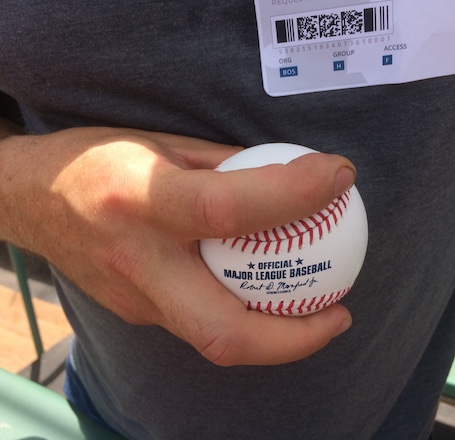Here Are Some Recent Prospect Movers
We have a sizable collection of players to talk about this week because the two of us have been busy wrapping up our summer looks at the 2020 Draft class over the last couple weeks. This equates to every prospect added to or moved on THE BOARD since the Trade Deadline.
Top 100 Changes
We had two players enter the 50 FV tier in Diamondbacks SS Geraldo Perdomo and Padres C Luis Campusano. Perdomo is in the “Advanced Baseball Skills” player bucket with players like Vidal Brujan, Brayan Rocchio and Xavier Edwards. He’s added visible power since first arriving in the States and had as many walks as strikeouts at Low-A before he was promoted to the Cal League, which has been Campusano’s stomping ground all summer. He’s still not a great catcher but he does have an impact arm, big power, and he’s a good enough athlete that we’re optimistic he’ll both catch and make the necessary adjustments to get to his power in games down the line.
We also moved a D-back and a Padre down in RHP Taylor Widener and 1B Tirso Ornelas. Widener has been very homer prone at Triple-A a year after leading the minors in K’s. His fastball has natural cut rather than ride and while we still like him as a rotation piece, there’s a chance he continues to be very susceptible to the long ball. Ornelas has dealt with injury and swing issues.
On Aristides Aquino
Aristides Aquino was a 50 FV on the 2017 Reds list; at the time, he was a traditional right field profile with big power undermined by the strikeout issues that would eventually cause his performance to tank so badly that he became a minor league free agent. A swing change visually similar to the one Justin Turner made before his breakout (Reds hitting coach Turner Ward comes from the Dodgers) is evident here, so we’re cautiously optimistic Aquino will be a productive role player, but we don’t think he’ll keep up a star’s pace. Read the rest of this entry »


